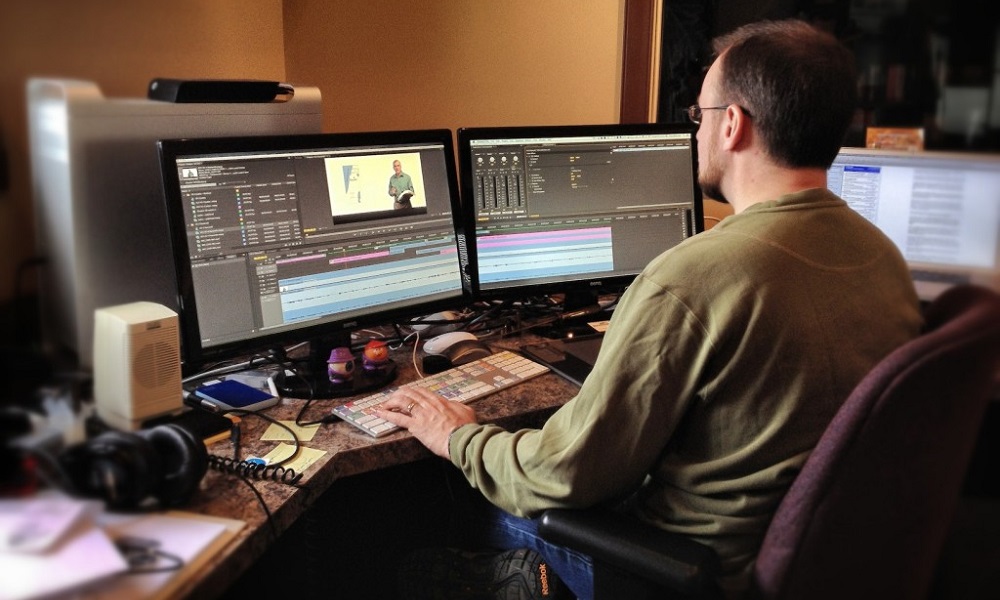Anyone who is training to be an editor knows the importance of proper cuts in the footage to make the video much more solid, narrative and gripping. Film editing is one of the most interesting jobs of the world. And anyone with the talent to understand the intricacies that work within to make the film more captivating for the audience will make it big in the career. To master the art of film editing, you need to have proper knowledge about the essential cuts which you need to use when you edit a video or a film.
We will be discussing about some of the different types of essential cuts you will require to become a master editor. You can learn a lot more about proper editing and all its minor details by joining an editing course in Delhi. You can use these cuts in any type of editing session, where you deem the cut is required, be it commercial, industrial, documentary, animation or narrative.
- The standard– this is the most basic type of cut which is used in editing. It is used when you don’t want any type of transition when you are cutting from clip to clip. It is also used when you cut the end from a clip to the beginning of another clip. The only con of this type of cut is that the visual meaning here is of least amount.
- Jump cut– this is a technique which the editor uses to jump forward in time. One of the earliest versions of this type of cut can be seen in the movie Battleship Potemkin by Eisenstein. Here we can see the destruction as various angles are jump cut from one to the next after a mortar round is fired by the battleship.
- L and J cuts– narrative filmmakers mostly used the L cut as an editing technique, but commercial videographers and documentary filmmakers. In this type of cut you will be able to hear the audio from a previous shot even though you have moved forward to the video of the next shot. Mainly in this cut the audience will be looking at the video of clip B while listening to the audio of clip A.The J cut is exactly the opposite of an L cut. Here you will be still watching the video of a clip, but you will be hearing the audio of the next clip. This cut is used in various forms of videography and filmmaking though mostly it is used in contents featuring an interview.
- Cutting on action– this type of cut is a major part of action films, though it can be used in less-explosive films as well. Here the editor mainly cuts from one shot to a different shot and then matches the action of the shots.
- Cutaways– this is a technique in which the audience is taken away from the main subject or action to a different topic. They are mainly used as transition pieces to show the audience what is going on outside the environment of the main character.
The film editing courses in Delhi are quite famous and can be quite beneficial to enhance your career in editing.



